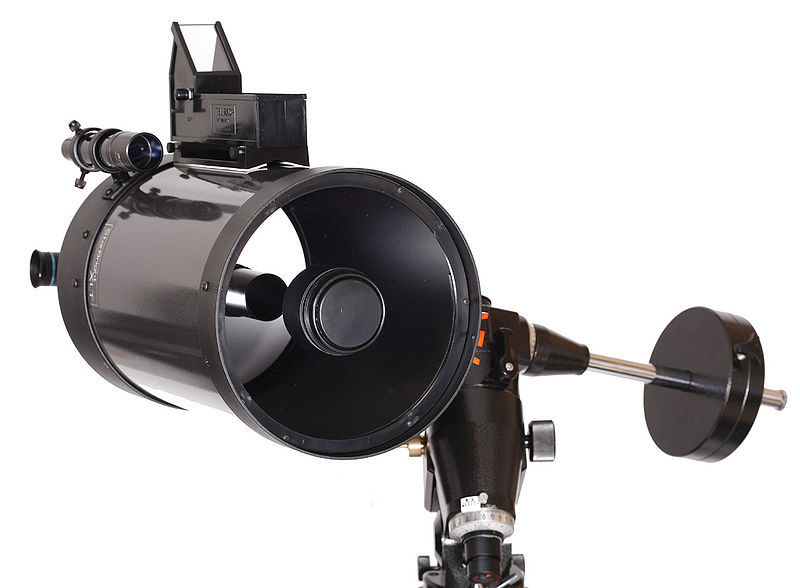The Schmidt–Cassegrain telescope is a known variation of the Schmidt camera, and is compact enough to present excellent results especially when not pushed to its design limits. It permits outstanding visual observation of the skies with its convex and spherical secondary mirror reflecting the converging beam originating from the primary mirror back through a specific central hole within the primary. This allows an eyepiece to be positioned at the tube’s back end.
The Schmidt–Cassegrain telescope is basically a catadioptric telescope combined with the optical path of the Cassegrain reflector and the Schmidt reflector plate. The design was made by James Gilbert Baker back in the forties as a modified version of the Schmidt camera. It employs the usual spherical primary mirror and the Schmidt corrector plate for adjustments on the spherical aberrations. What’s special about the Cassegrain configuration is the convex secondary mirror which acts as an effective field flattener to facilitate the relay of images through the telescope’s perforated primary mirror towards that final focal plane just behind the primary.
This special design is currently very popular within the consumer telescope industry because of its easy-to-construct optical spherical surfaces with the advantages of the long focal length of refracting telescopes all with the low costs of every aperture. This makes for a compact telescope that is very portable given the apertures involved, which only adds to the usability and marketability. It may not have that wide field view of the Schmidt camera but it fares much better with a narrower and deep-sky viewing.

